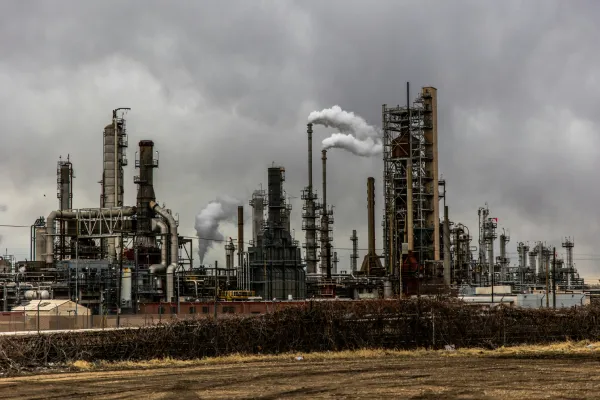Stainless steel in oil and gas applications
Stainless steel has a very promising application in the oil and gas industry, thanks to its excellent resistance to corrosion, high temperatures, high pressures and low temperatures.

The following are the main application areas of stainless steel in the oil and gas industry:
Conveying pipelines:
Stainless steel pipelines are used to transport crude oil, natural gas and petrochemicals, especially in highly corrosive environments.
Storage Tanks:
Large oil storage tanks, gas storage tanks and other chemical storage equipment are often made of stainless steel to prevent corrosion and leakage.
Refinery Equipment:
Equipment such as towers, heat exchangers, reactors and pumps used in the refining process often use stainless steel to resist high temperatures and chemical corrosion.
Drilling rigs and equipment:
Many components in offshore drilling rigs and drilling equipment, such as drill pipes, joints, and valves, use stainless steel for increased durability and corrosion resistance.
Oil and Gas Separation Equipment:
In the oil and gas separation process, stainless steel is widely used in separators and related equipment due to its corrosion and high pressure resistance.
Chemical Equipment:
Petrochemical equipment, such as catalyst reactors, evaporators and crystallizers, often use stainless steel to extend the life of the equipment.
Valves and Fittings:
Stainless steel valves, flanges, couplings and fittings are widely used in oil and gas transportation and processing systems.
Heat Exchangers:
Heat exchangers are essential equipment in oil and gas processing, and stainless steel materials are widely used for their high temperature and corrosion resistance.
Pressure vessels:
Stainless steel pressure vessels are used to store and transport oil and gas products under high pressure, ensuring safety and reliability.
Subsea Pipelines:
Stainless steel materials are used to fabricate subsea oil and gas pipelines to meet the challenges of the marine environment due to their excellent corrosion resistance and strength.
Safety equipment:
In oil and gas facilities, safety-critical equipment such as safety valves, relief valves and emergency shut-offs are often manufactured from stainless steel.
Liquefied Natural Gas (LNG) Handling:
LNG storage and transportation equipment, especially in cryogenic environments, is often made of stainless steel to ensure performance and safety.
Stainless steel is becoming increasingly important due to its superior performance as the oil and gas industry demands greater environmental protection, safety and efficiency. It is expected that in the future, the application of stainless steel in this industry will be further expanded, especially in the areas of deep-sea mining, unconventional oil and gas resources development and new energy technologies.

